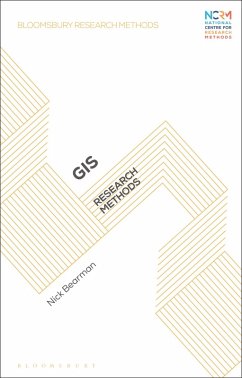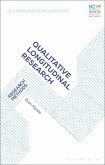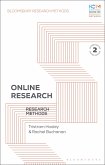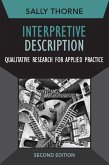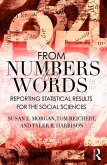This book provides a non-technical overview of the science and tools behind geographic information systems and geographic information science for researchers, students and academics who do not have a GIS or Geography background. The book covers the history of GIS, from John Snow's Cholera map (1854) right up to today's software and data and cutting-edge analysis techniques. Bearman goes on to cover how to find, use and evaluate the latest data sets to critiquing existing maps, highlighting limitations and common mistakes. A variety of different GIS methods including Google Maps, GPS, big data, context and choropleth maps are discussed and the pros and cons of each are highlighted allowing you to choose the appropriate method or piece of software for your own research. This is the ideal book for anyone thinking about using GIS in their own research.

